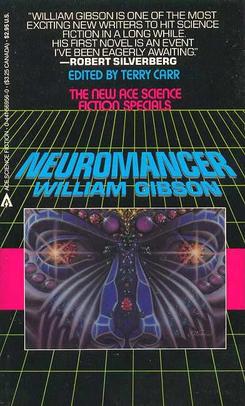A few days ago I posted a link to a Wired article by Chloe Diggins & Clint Arizmedi concerning the (possible) sixth domain of warfare: the human mind. Trolling around Twitter, I came across Blogs of War, and in doing so, I came across another great article by Diggins & Arizmendi concerning the very same topic.
I highly recommend Diggins & Arizmendi’s Blogs of War article as it goes into greater depth concerning the potential of manipulating Brain-Computer Interfaces (BCI) as a component of information operations. Unbeknownst to me, the 21st USENIX Security Symposium took up this very same topic.
I don’t know if people reading this blog–or NatSec types in general–think this idea is too speculative, too out there. Hacking into the brain? Really? We can’t even figure out how to protect our IP or electrical grids, and we’re talking about this?
Well, the National Intelligence Council thought BCI technology was worth discussing in its Global Trends 2030 report. Granted, the aim of that publication is to speculate, but speculate in a manner that gives us “some long-term, strategic guidance to the folks shaping America’s security and economic policies.”
In his fantastic book Wired for War, P.W. Singer recounts how a paralyzed man had a computer chip implanted into his head. The chip allowed the man to “move[] a cursor on a computer screen . . . play video games ‘by just imaging it’ . . . even [have] the scientists link his brain to his TV’s remote control.” Singer goes on to say that:
This ability to link up to a computer directly opens up some wild new possibilities for war, which is why the Pentagon’s DARPA helped pay for the research. It’s Brain-Interface Project is ‘the most lavishly funded of nearly all the DARPA bioengineering efforts. A project run out of the National Institutes of Health took it to the next step, where two severely disabled patients played a video game against each other, both controlling their sides solely by thought.
Quoted material comes from pages 71-72 of Singer’s Wired for War.
The potential applications of this technology is both fascinating and terrifying, and I feel like this is the next big legal/ethical/technological event on the NatSec horizon. I gotta imagine this would make a sexy law review note topic, but I have no idea what sort of material you could write it with. Then again, maybe I’m just reading too much Neuromancer . . .

Via Wikimedia





3 Pingbacks